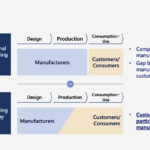ASIA ELECTRONICS INDUSTRYYOUR WINDOW TO SMART MANUFACTURING
Design Innovations in Equipment Bring Service Business in 5G Era
The era of fifth-generation (5G) communications will expand services that use huge amount of data. Particularly, high-speed and large capacity but low power consumption and low latency communications will drive this trend.
To achieve this, diversification of communications equipment, such as smartphones, and installation of various sensors will advance. In contrast, the use of millimeter waves (mmWaves) in 5G, high frequencies can cause scattering loss. Hence, this will lead to signal loss on the wiring.
For that reason, the design method for communications equipment in the 4G (Long Term Evolution (LTE)) era will become no longer usable in 5G era, therefore, manufacturers of components (modules) such as passive components could take the lead in the 5G design of internal devices of equipment.
Potentials of 5G, Challenges in Equipment Design
Fig. 1 shows diverse applications will emerge in 5G era compared with the onset of 4G. Moreover, the industry can expect the deployment of more advanced applications that merge these applications, such as metaverse.
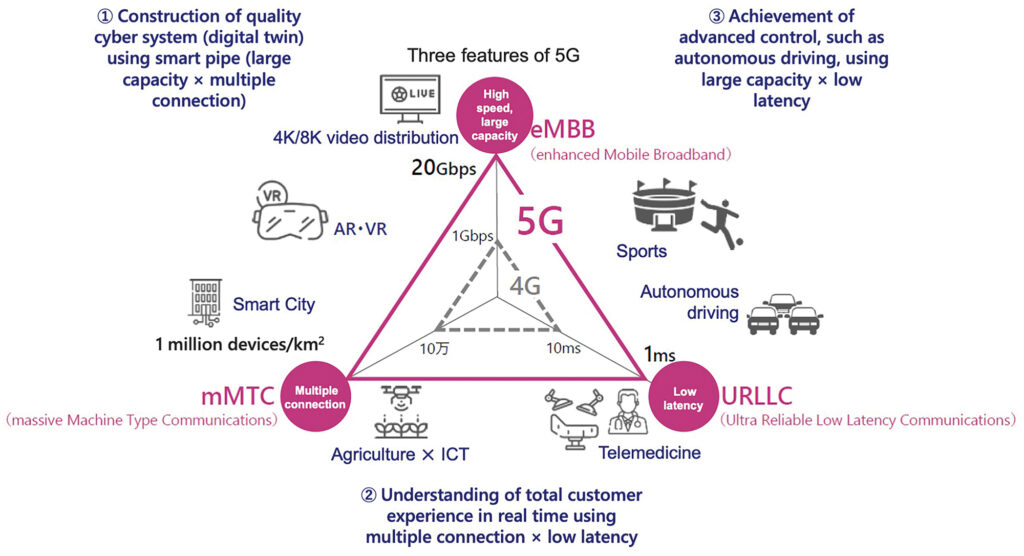
Meanwhile, design for 5G products has to change from that of 4G ones, particularly for base stations and smart phones etc. Theoretically, when using radio waves of mmWave bands, scattering loss on only 5mm wire, leading to the loss of signals in the wires.
Achieving High-Frequency Modules, Business Opportunities
For that reason, the leading components manufacturers, including Murata Manufacturing Co., Ltd., have been constructing components library. Also called dynamic data library, they take into consideration these signal losses.
To illustrate, they simulate implementation conditions on electronic design automation (EDA) tools by taking into consideration signal losses. Hence, reproducing the same conditions as actual communications equipment (Fig. 2). In 4G, component manufacturers have designed communication modules using the static data on components, and EDA tools. The minor signal loss due to high frequencies in 4G, it has been possible to design communications modules using static data library.
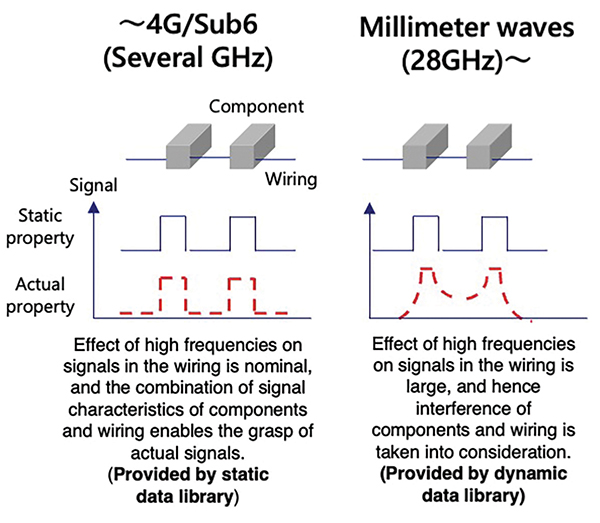
However, in 5G, it is not possible to achieve characteristics as designed using static data library of components because of signal loss due to higher frequencies (millimeter wave).
In other words, it is not possible to design communication modules for 5G and following generations, without understanding dynamic data of components. It is difficult to design 5G products without the understanding on such dynamic data, thus the initiatives on design would shift from set makers to components manufacturers. Hence, components manufacturers that also handle the manufacture of modules, can seize an opportunity to take the initiative in the design of entire equipment (Fig. 3).
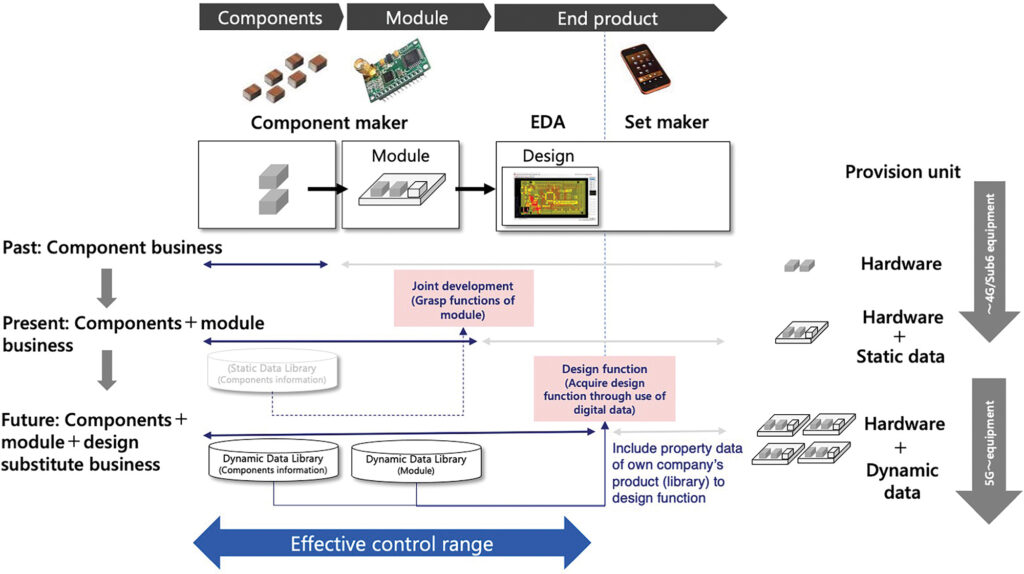
Expectations for PaaS
In parallel with 5G technologies, lots of manufacturing business models have been changing to subscription business, which has its values shifts from products to the services with them. In this case, the value in the service business would be generated not by the function of final product but by each component.
In other words, subscription could be a feasible business which shifts their values from set makers to components makers, and also could be led by components manufacturers.
Meanwhile, circular economy that has come into limelight in recent years creates business to refurbish and recycle. These businesses could be led by components manufacturers too, which can replace and refurbish with the module and components characteristics.
Components manufacturers not only have the initiative in the design of equipment to provide high-frequency products in the 5G era. In the trends of new businesses, such as subscription and circular economy in the 5G era and beyond, service businesses by components manufacturers have the potential for further expansion. Eventually, the realization of Part As A Service (PaaS) may cause structural changes in the business of the manufacturing industry (Fig. 4).
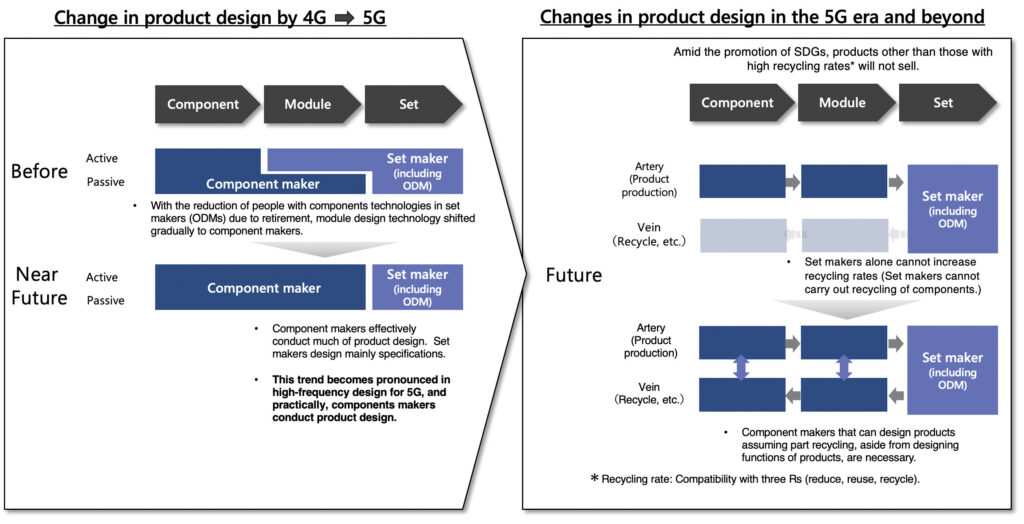

About This Article:
The author is Ken-ichi Sasaki, Expert Consultant, Global Manufacturing Industry Consulting Department, Nomura Research Institute Co., Ltd.


